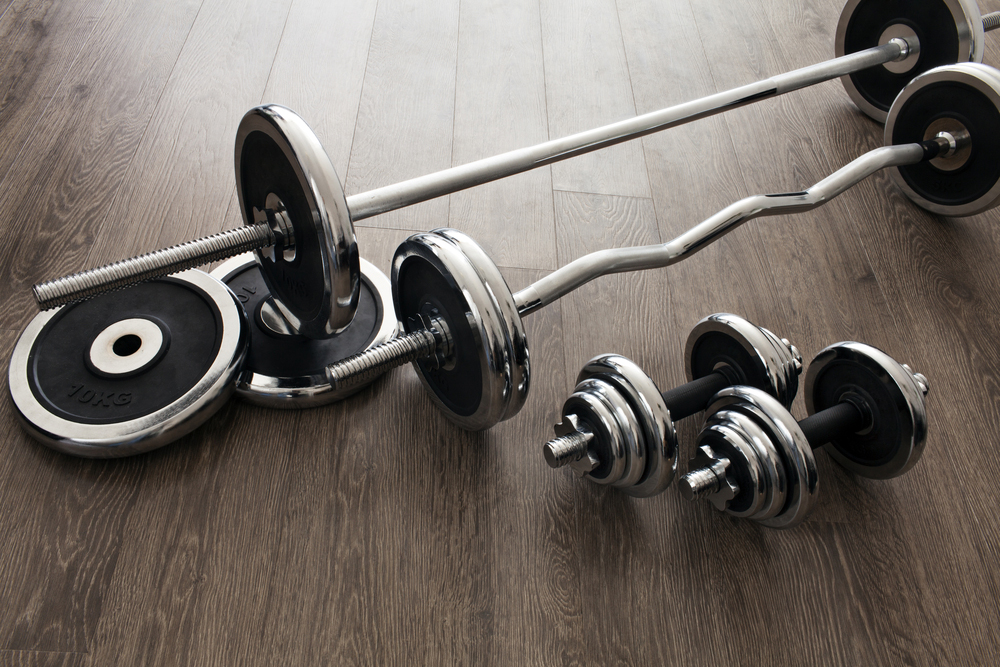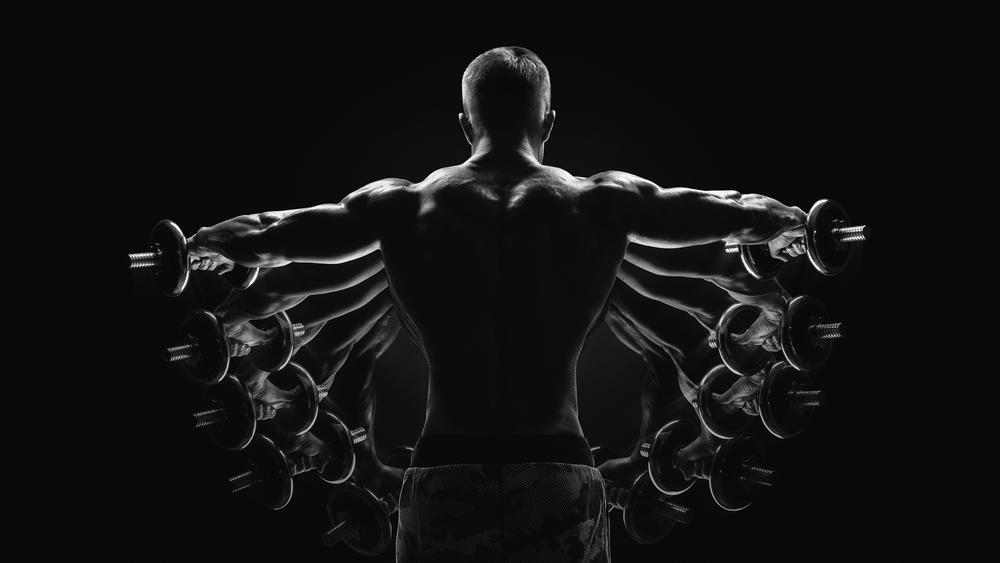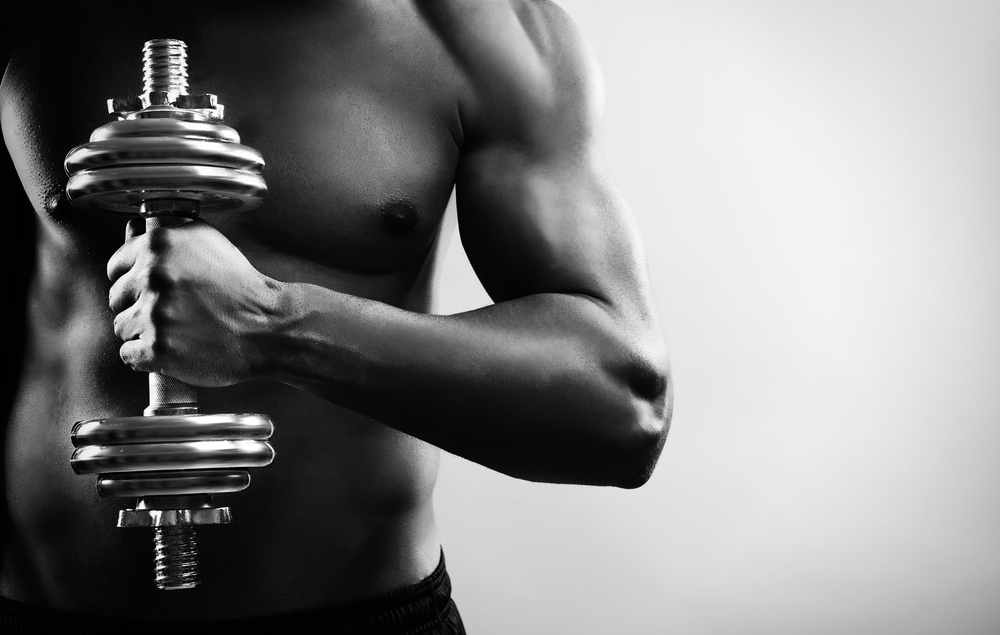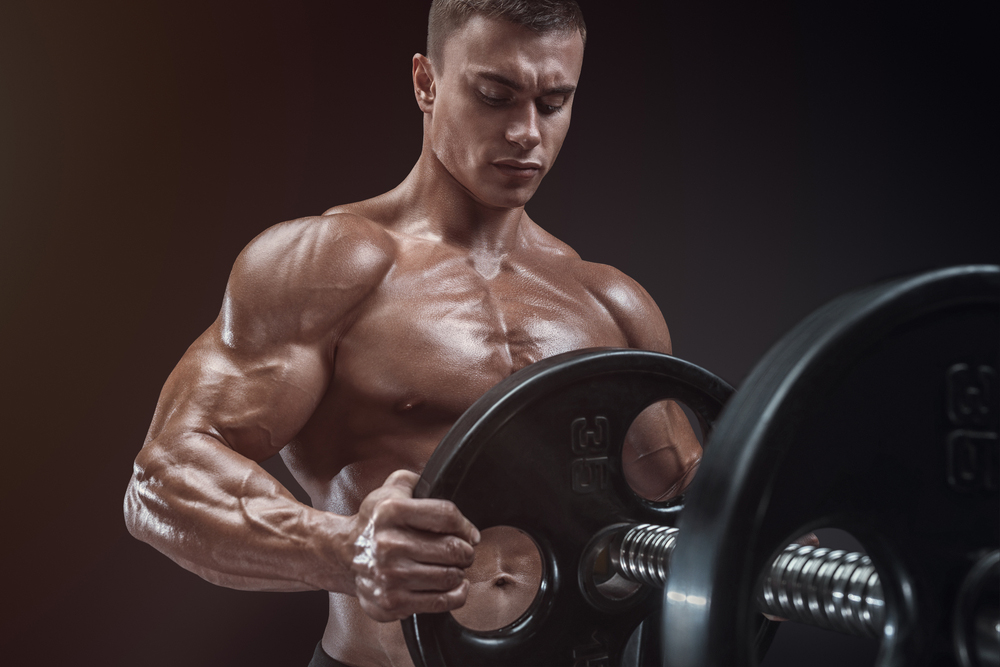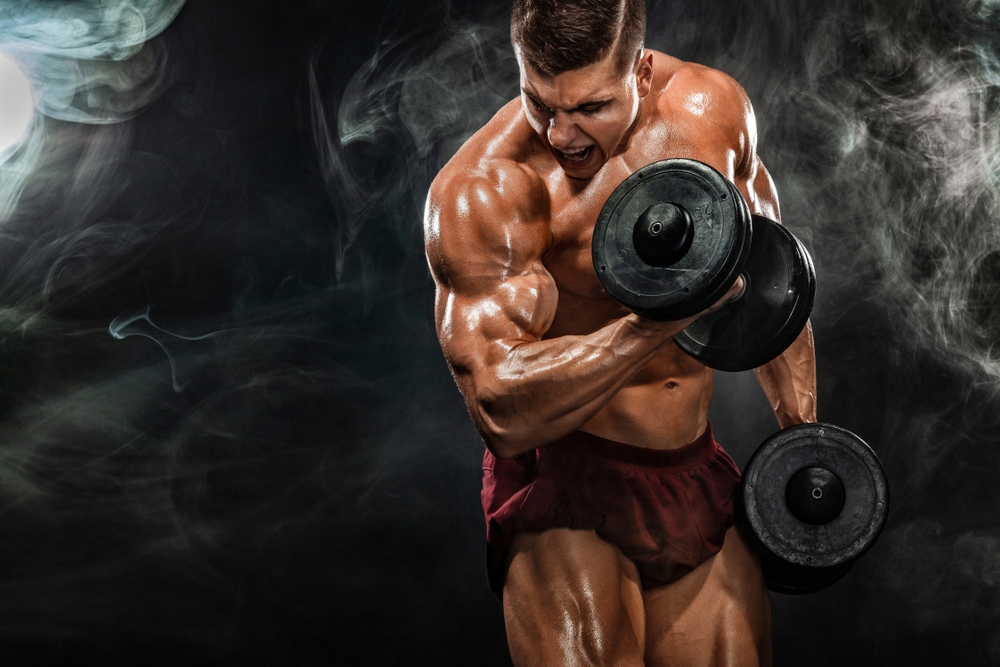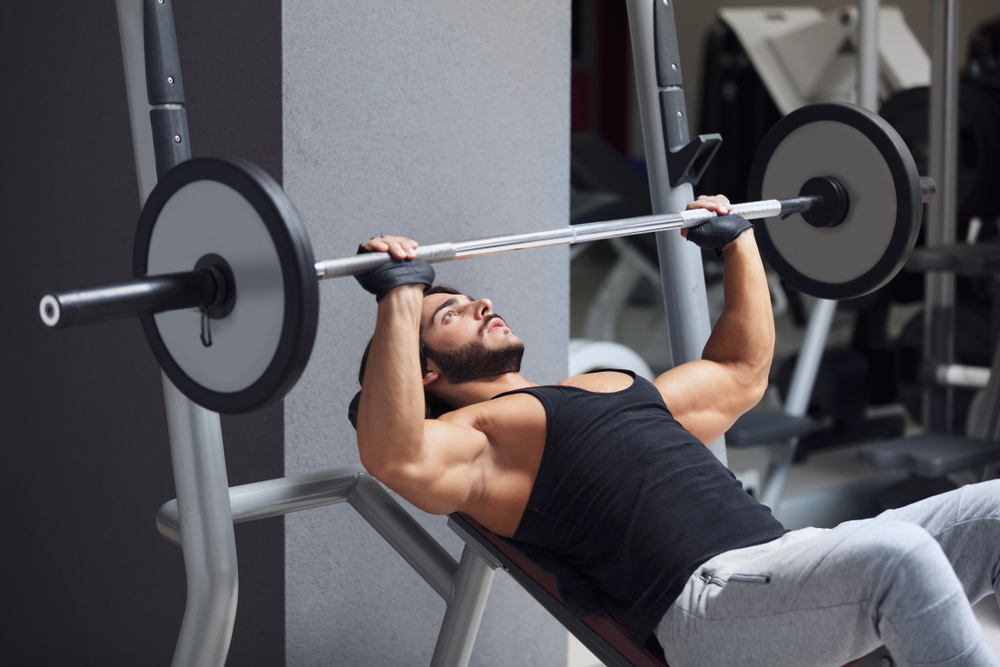Strength training is a discipline that requires rigour, perseverance, but also decisions. Indeed, whether you are a beginner or advanced in bodybuilding, you often have to choose new equipment but also new exercises to vary your workouts, as well as knowing the basics.
Among the equipment that often requires a choice: the barbell or dumbbells. For sportsmen, this choice will be decisive for the whole of the subsequent training. It is therefore necessary to choose carefully between bars and dumbbells. Bars and dumbbells are both necessary equipment for weight training.
Although they are similar, they are different in a measure of training level, and in a measure of the athlete's performance level during physical efforts.
Dumbbells
Dumbbells require great physical strength. This is because they require more stabilisation work during the movements. However, they have many advantages.
They allow a convergent or divergent trajectory: this means that the contraction and stretching can be more intense, and unfortunately more dangerous for the muscles.
If you look at a dumbbell bench press, the distance between the arms in the low and high position can be different. In barbell rows, the trajectory can also be varied to get better stretching and contractions with each repetition of the movement.
Bars
Bars require less physical strength than dumbbells. Indeed, the barbell provokes a synergy between the 2 members performing different movements. Examples include the bench press, military press, rowing bar and so on. The bars use less energy, and therefore increase performance. So, if ego takes over, bars are obviously the first choice of the sportsman.
However, with bars, some movements are less well performed. If during a dumbbell bench press, the distance between the arms in the low and high position can be different. This is impossible with a barbell, which locks the chosen spacing from the first repetition of a series.
On the other hand, bars are responsible for tendon and joint pathologies, because of the movements that cannot be as varied as when using dumbbells. Since every human being already has his own natural trajectory for each movement, some barbell movements are not suitable for some people.
To take a concrete example, an athlete wanted to "grip tight" while the natural trajectory of his forearms to contract his biceps was slightly outward. The result: these joints compensated for his bad choice and subsequently created pathologies/pains.
Fortunately, towards the end of the 1970s, intelligent convergent and divergent machines were created to allow hybrid work of the muscles, between bars and dumbbells, with a more stabilised and sometimes seated body position.
However, in sports or any other activity, the machines are not really recommended. However well designed they may be, they are not adapted to anatomical and morphological differences, even if some adjustments are possible.
Like bars, machines force the athlete to perform precise movements that do not necessarily respect the natural trajectory or the possible amplitude, which can have harmful consequences in the long term, among others: strength imbalances and tensions.
Machine training is also less effective in building raw mass. This is because it involves fewer stabilising muscles in the execution of movements. Another disadvantage is that machines often use pulley or belt systems that reduce loads, which can result in less muscle stimulation.
The right choice
When choosing between dumbbells and barbells, remember this list of key points:
- Dumbbells offer greater freedom of movement
- Bars offer more strength and improve performance
- Good machines offer good strength and convergent/divergent trajectory
- Dumbbells are less easy to handle than bars or machines
- Bars do not provide convergent/divergent trajectory
- Bad machines cause the same muscle problems as bars, especially in the joints and tendons.
In short, the best way to optimize strength training is to combine barbells and dumbbells, and combine with machine work over a set period of time. There is no need to remove dumbbells or bars from training. Just keep the movements, whether barbell or dumbbell, that provide the best feeling to the muscle.
Dumbbells should be used if you have difficulty feeling a muscle, or if bars cause pain. Machines are only recommended if the predefined trajectory corresponds to the natural trajectory of movement, and if it performs well.

